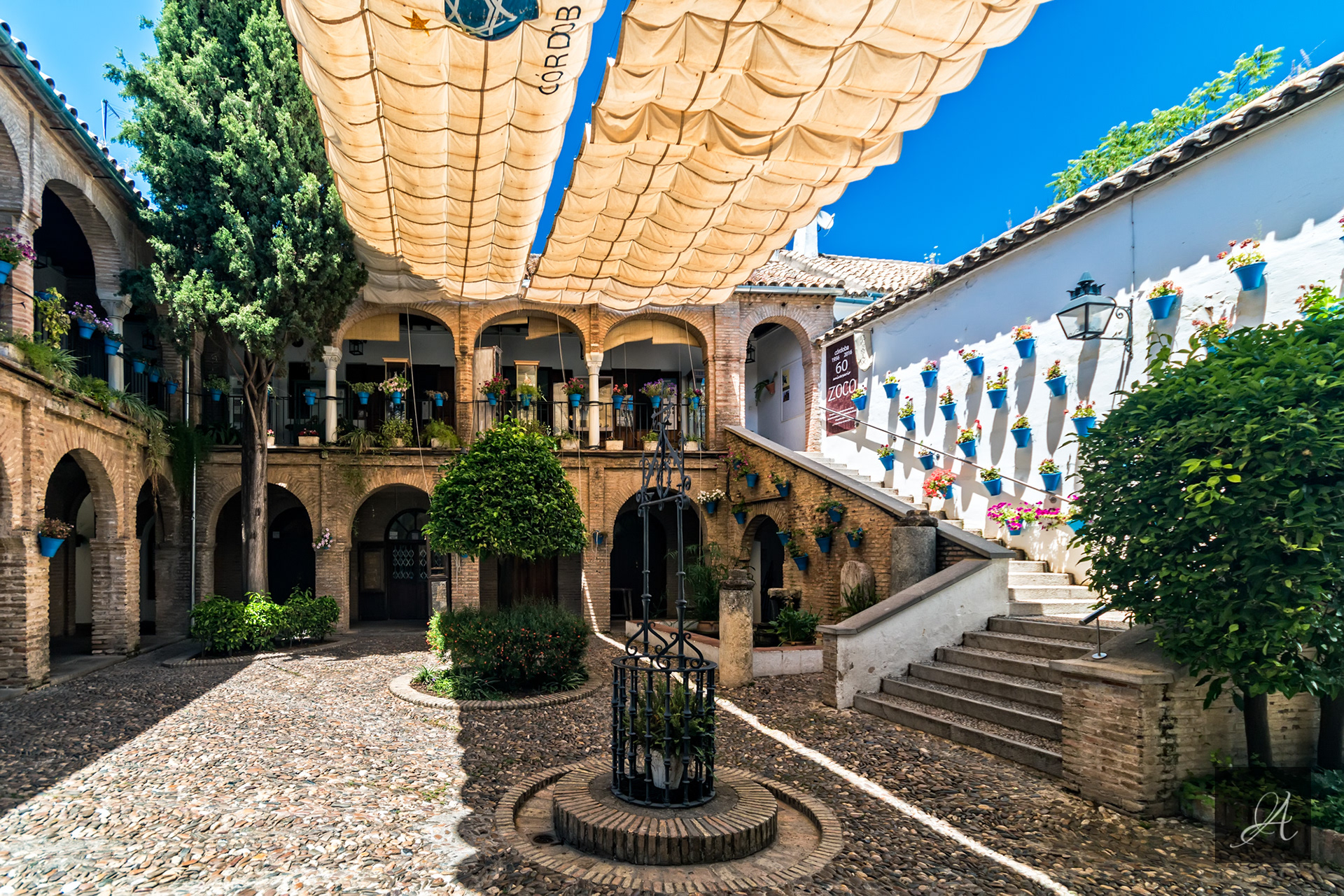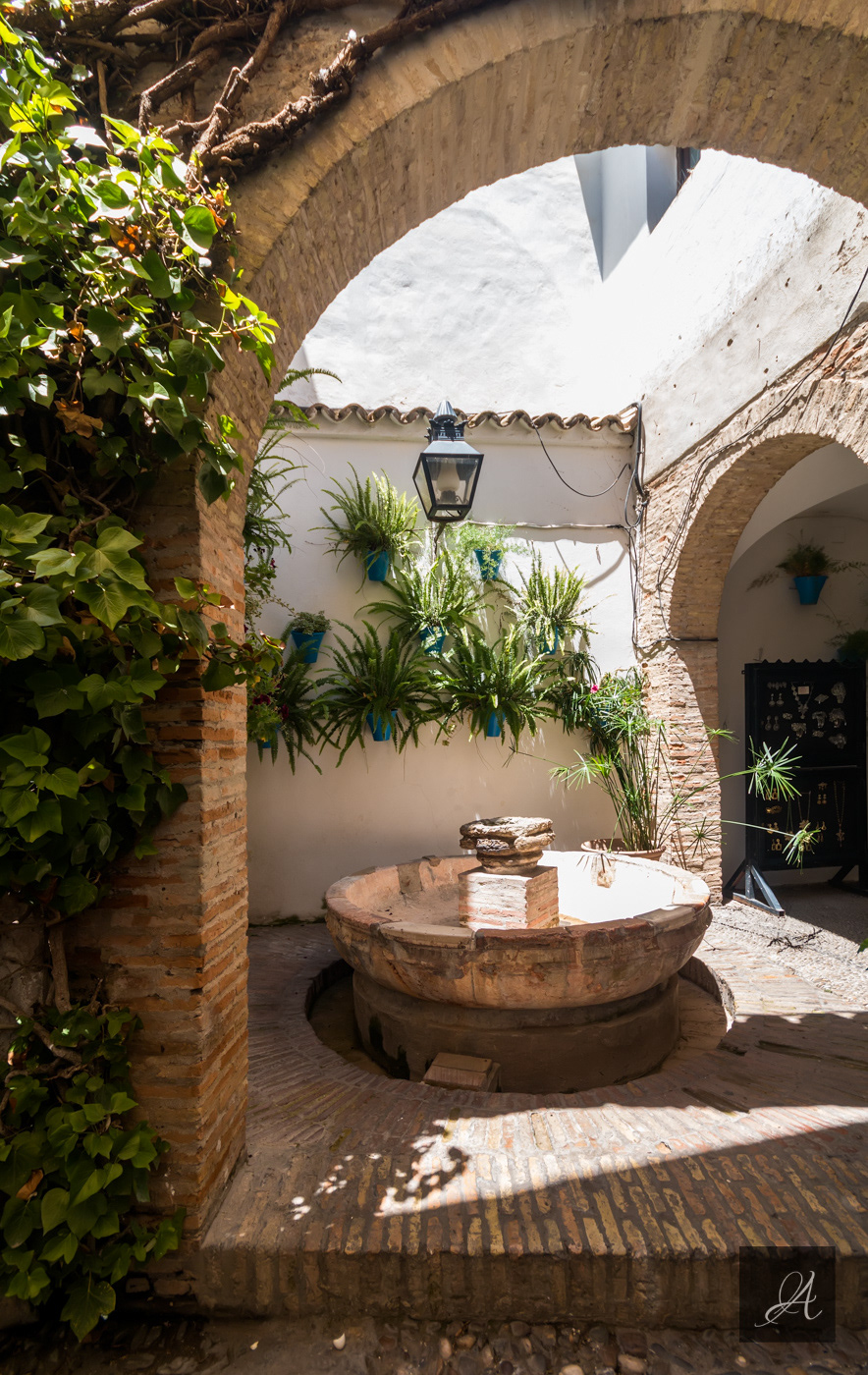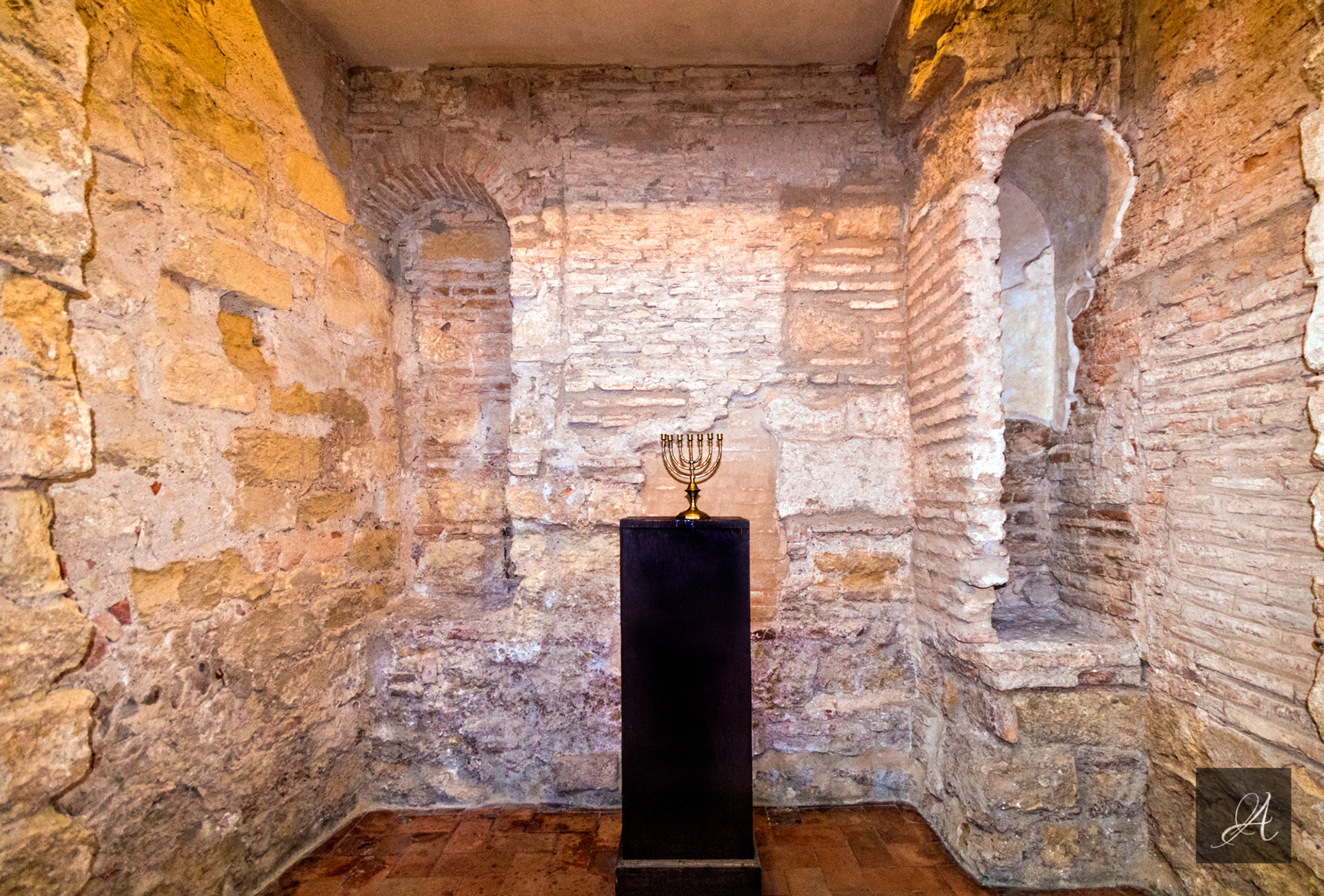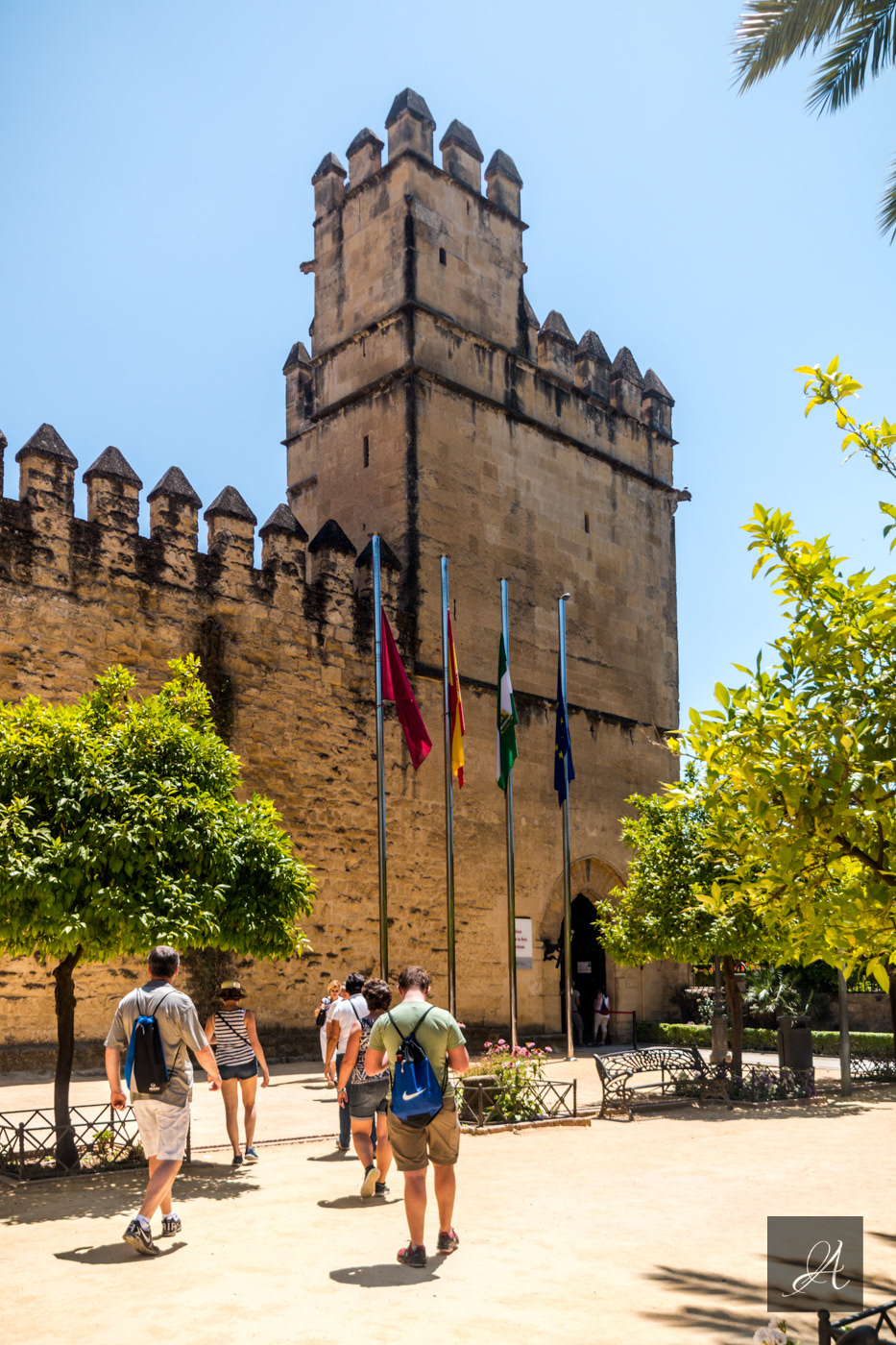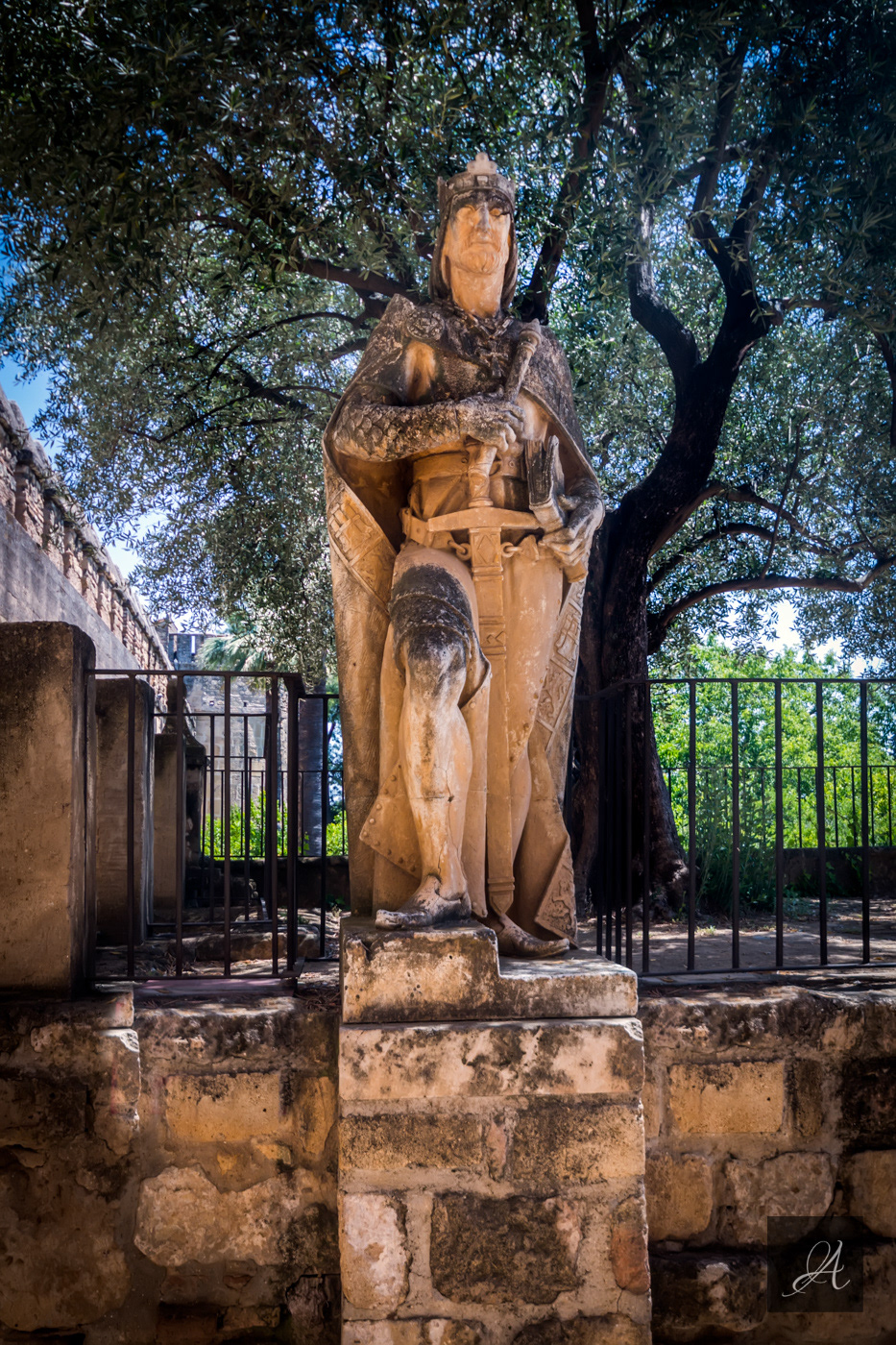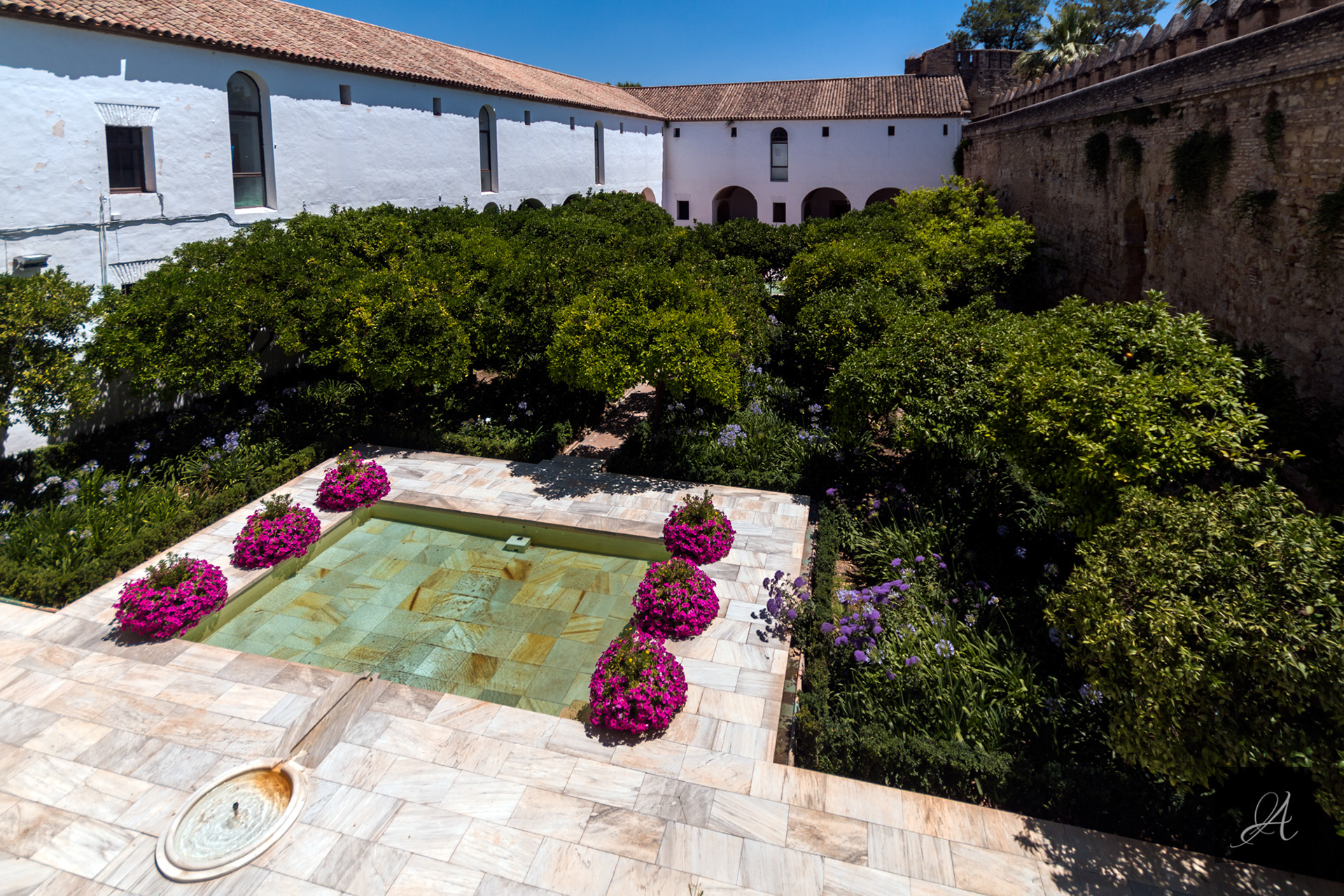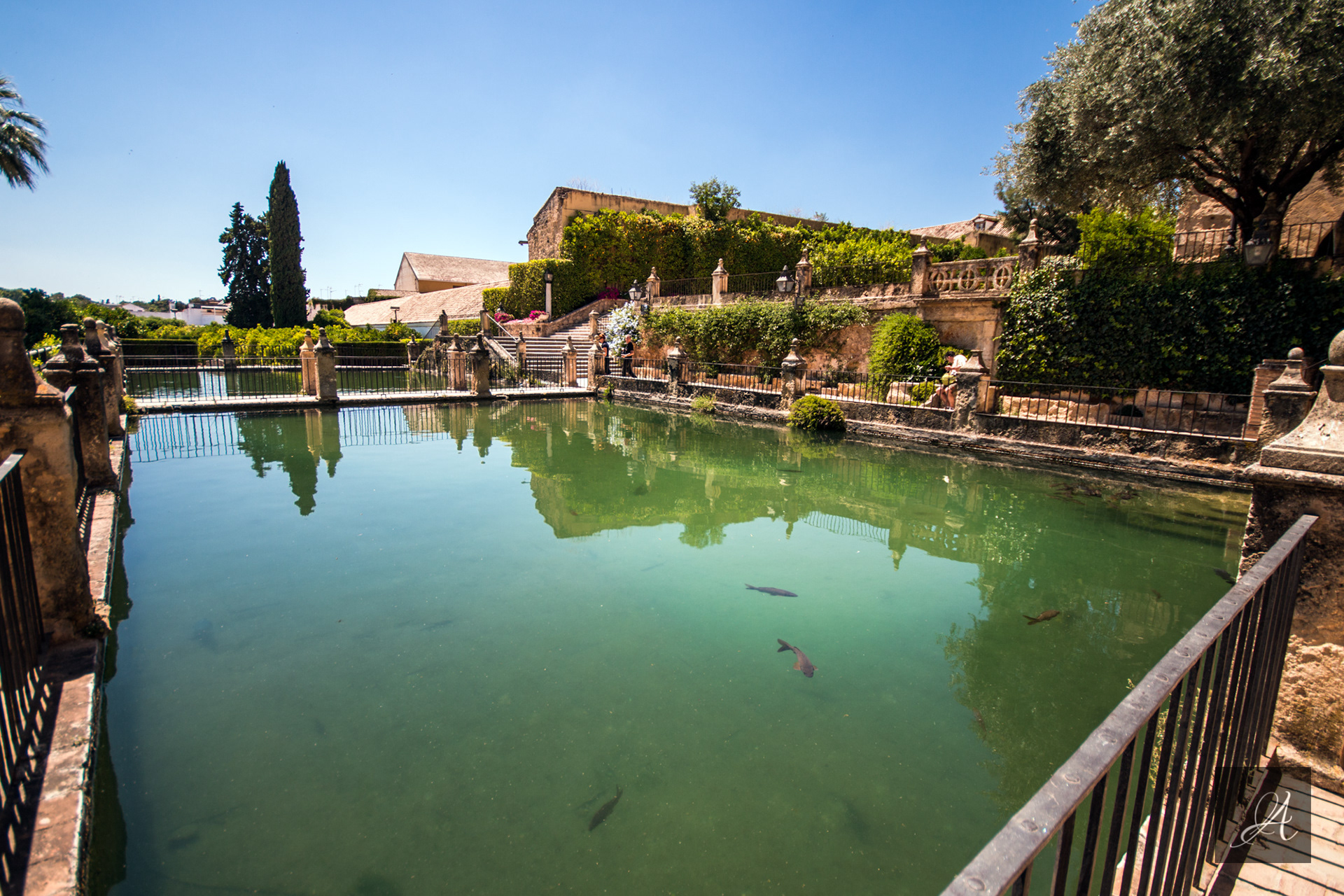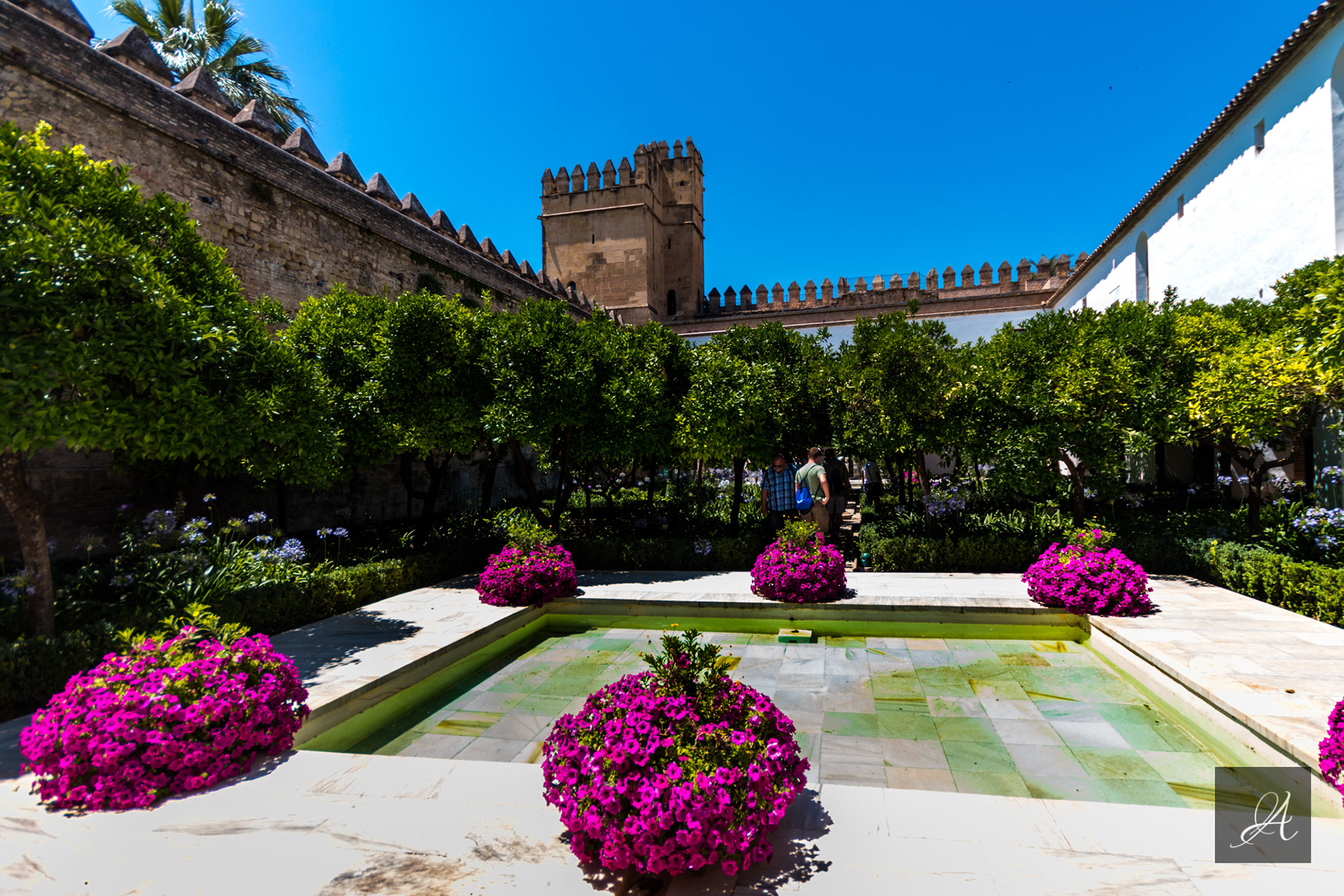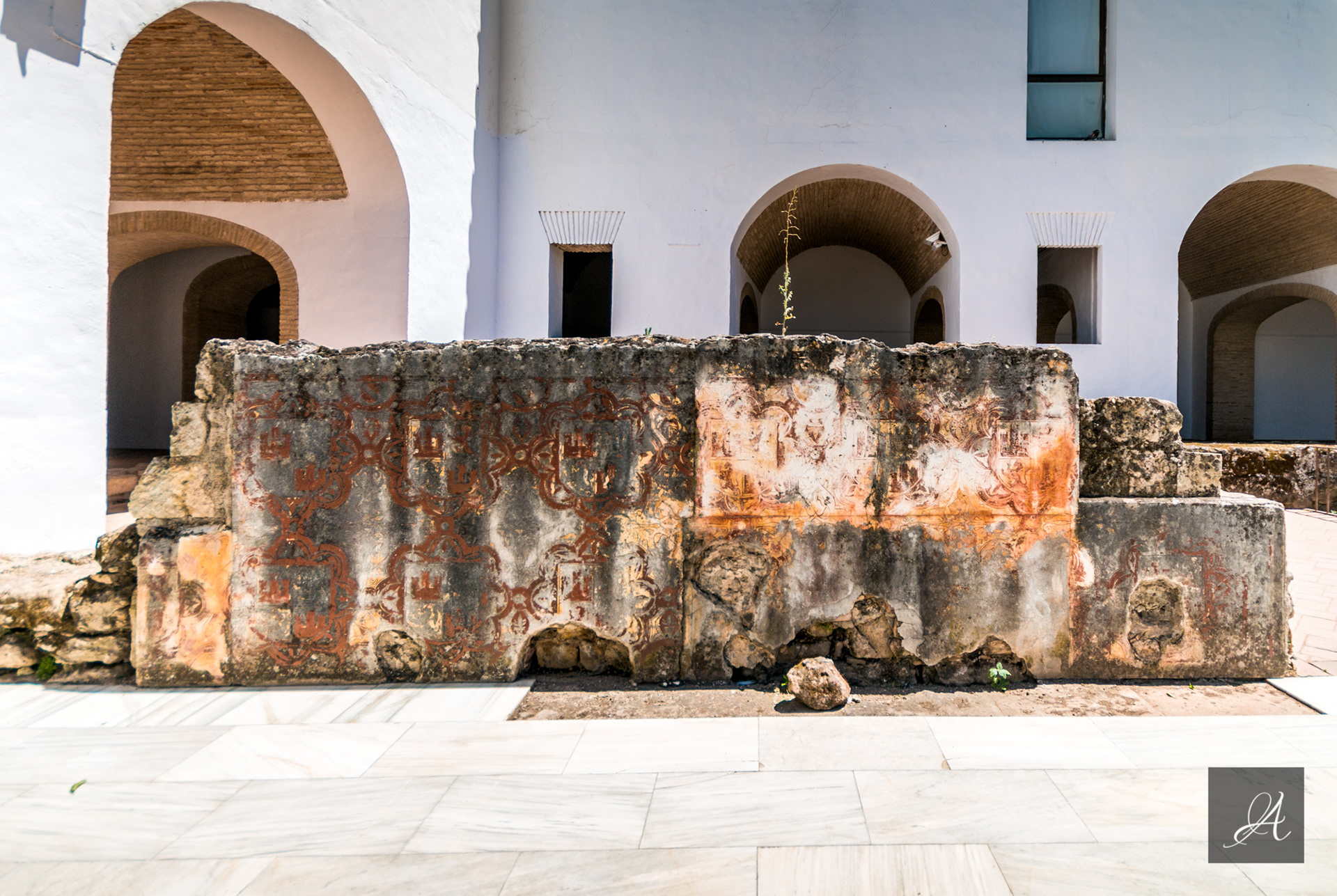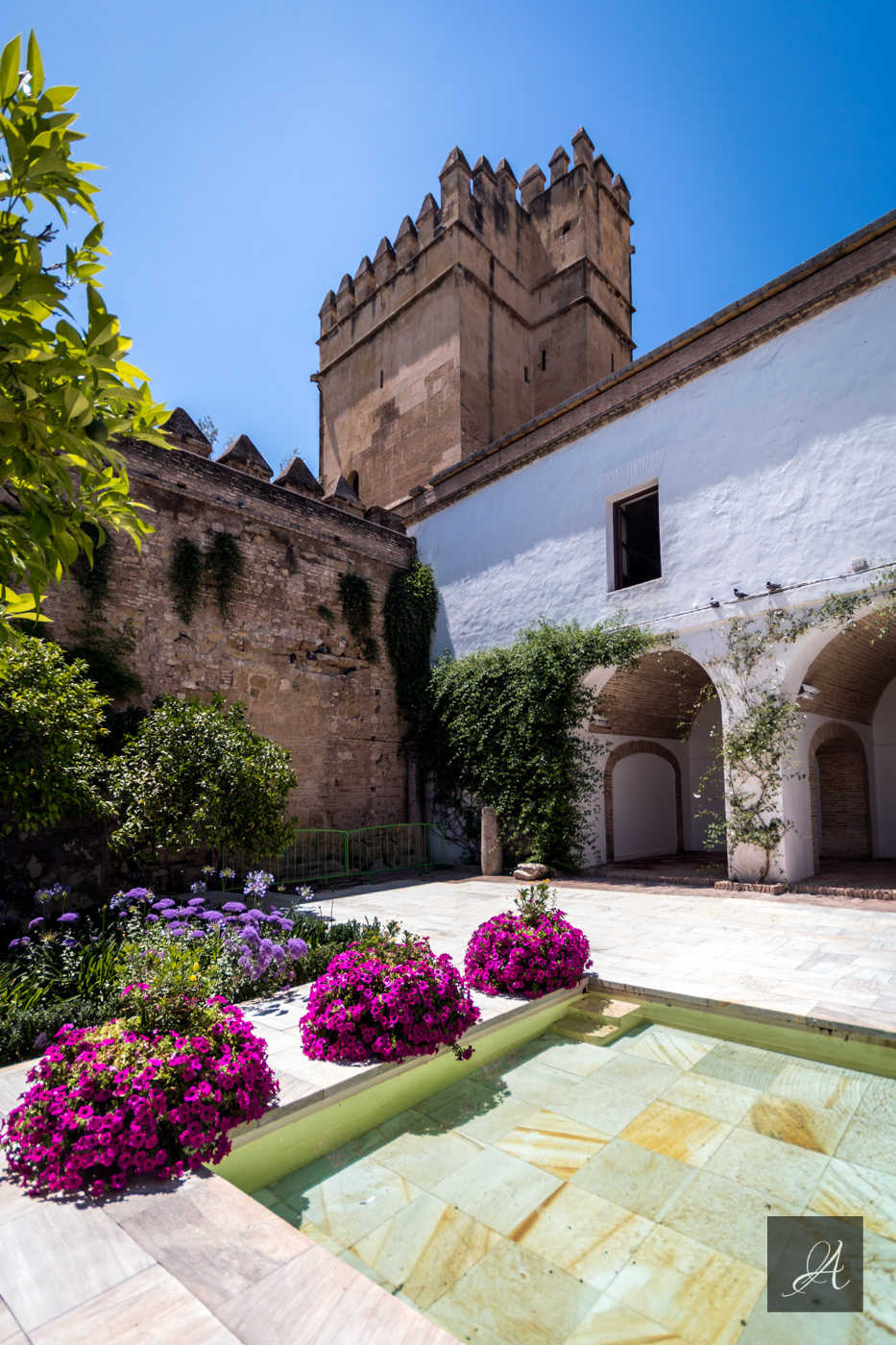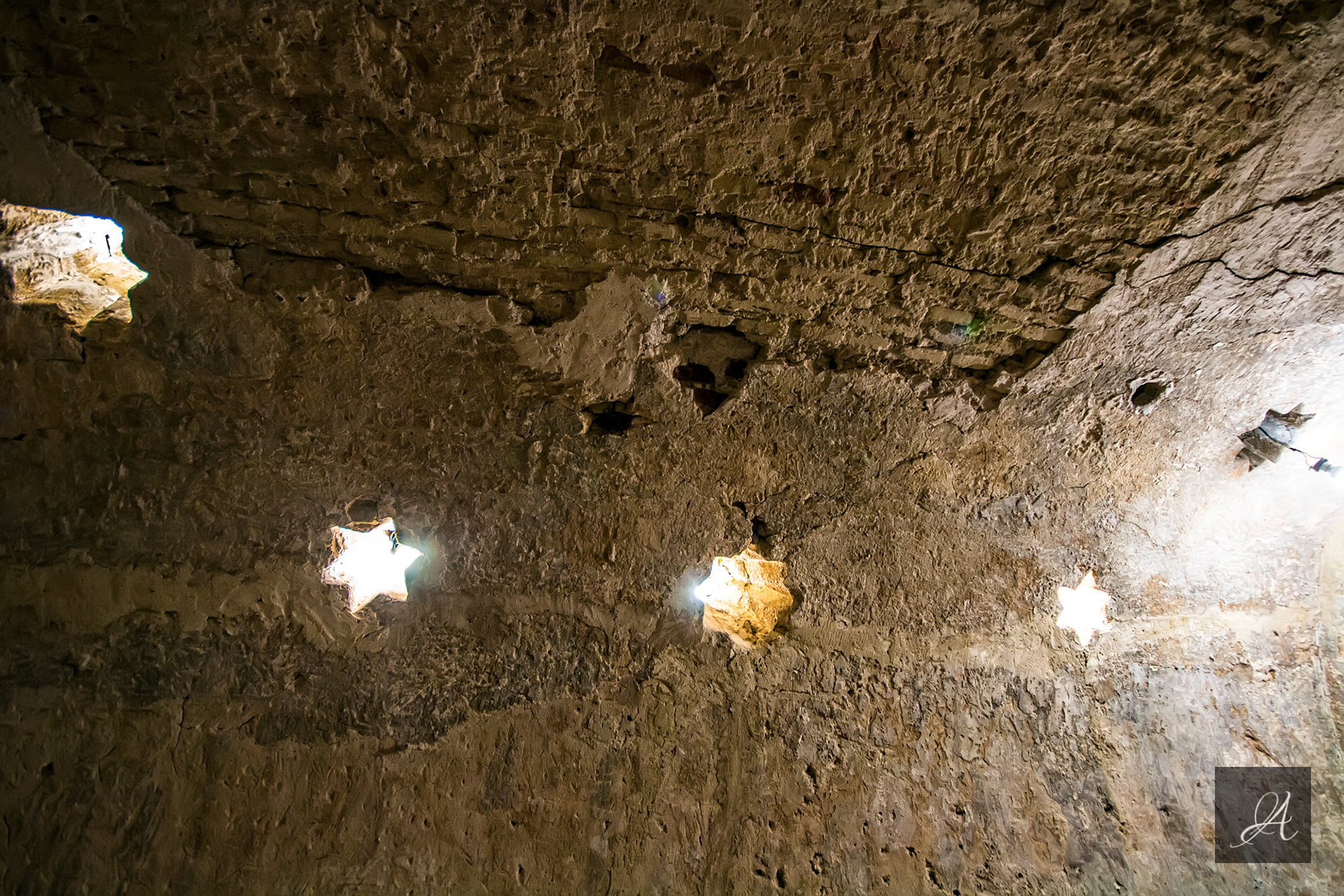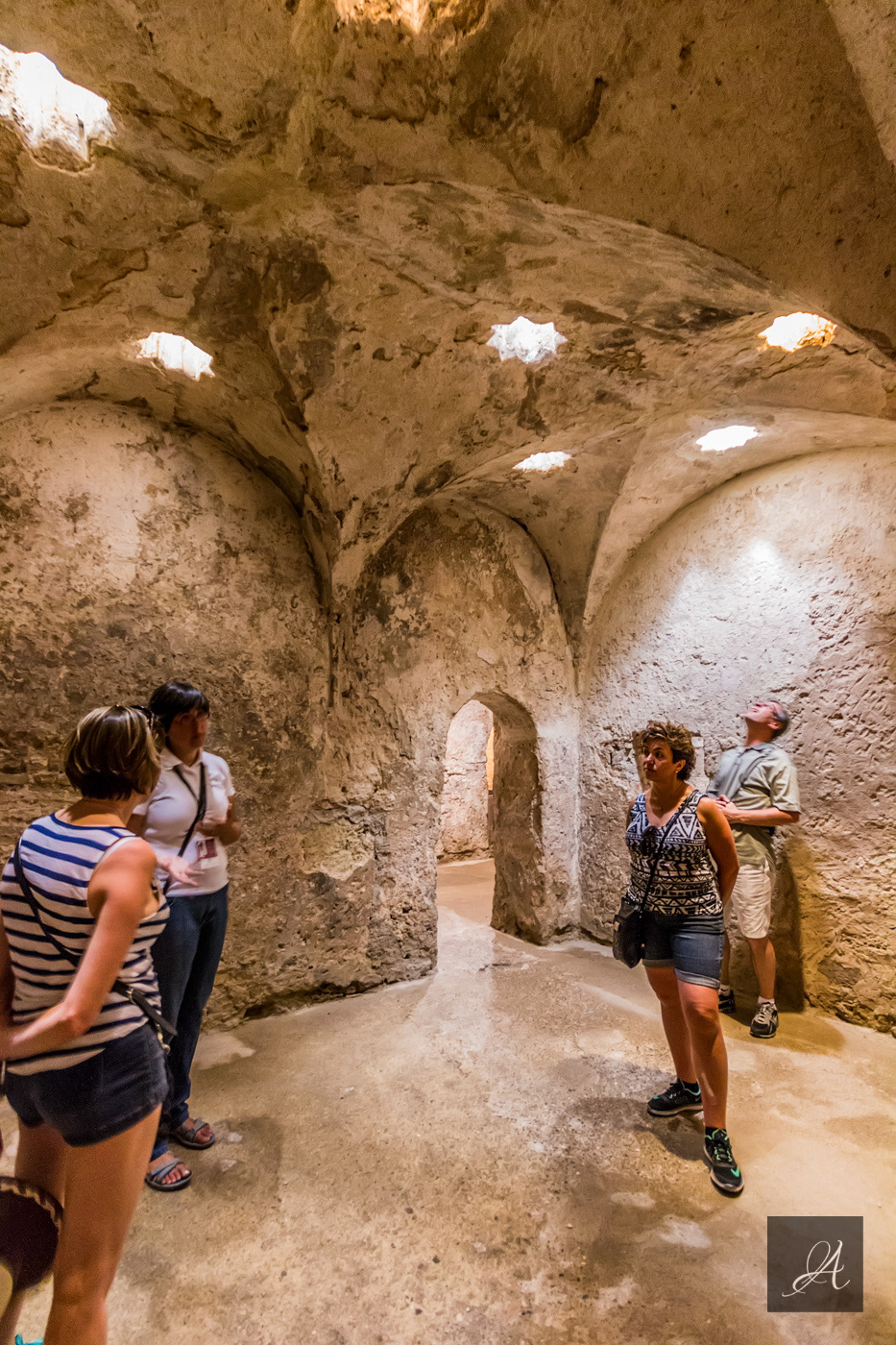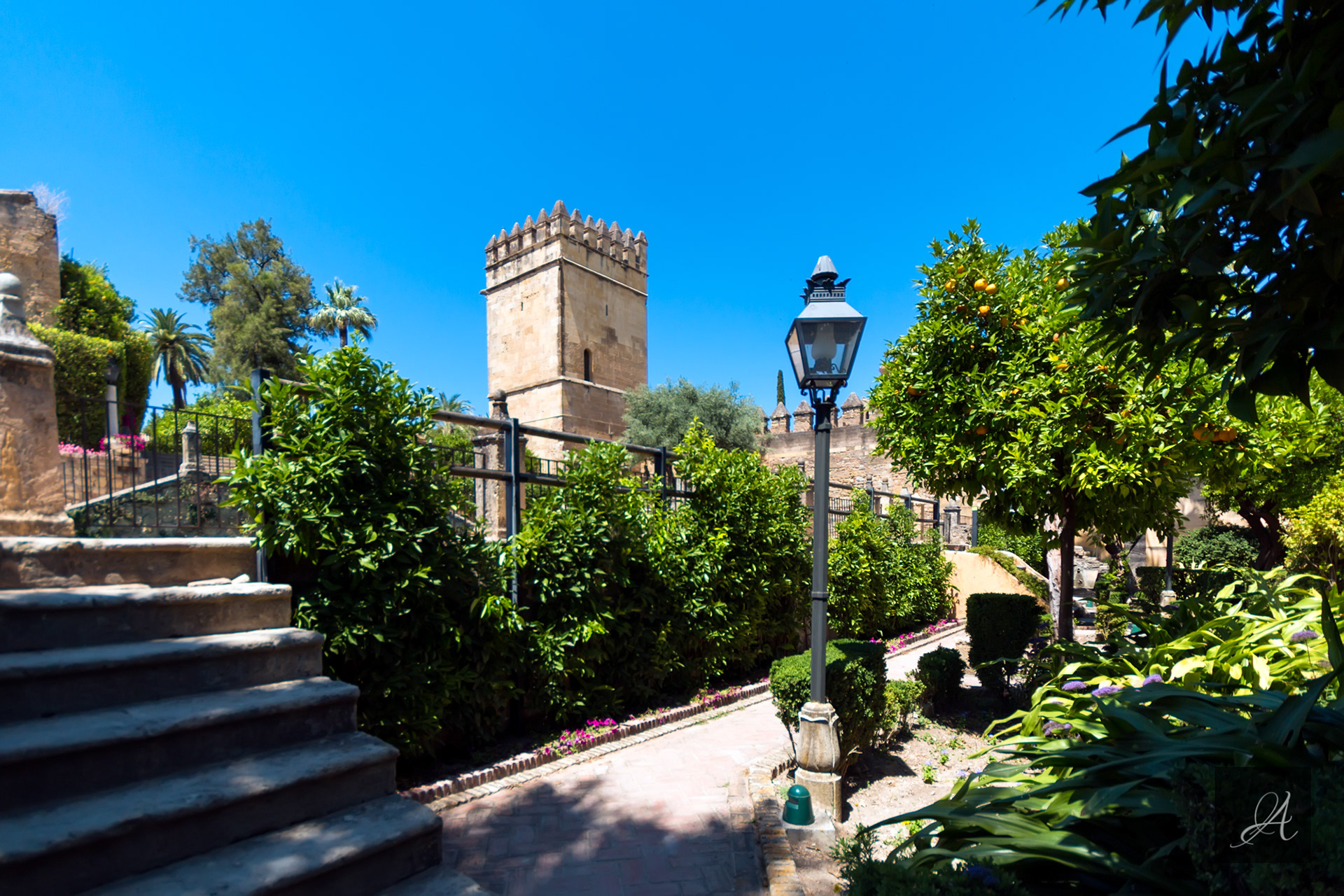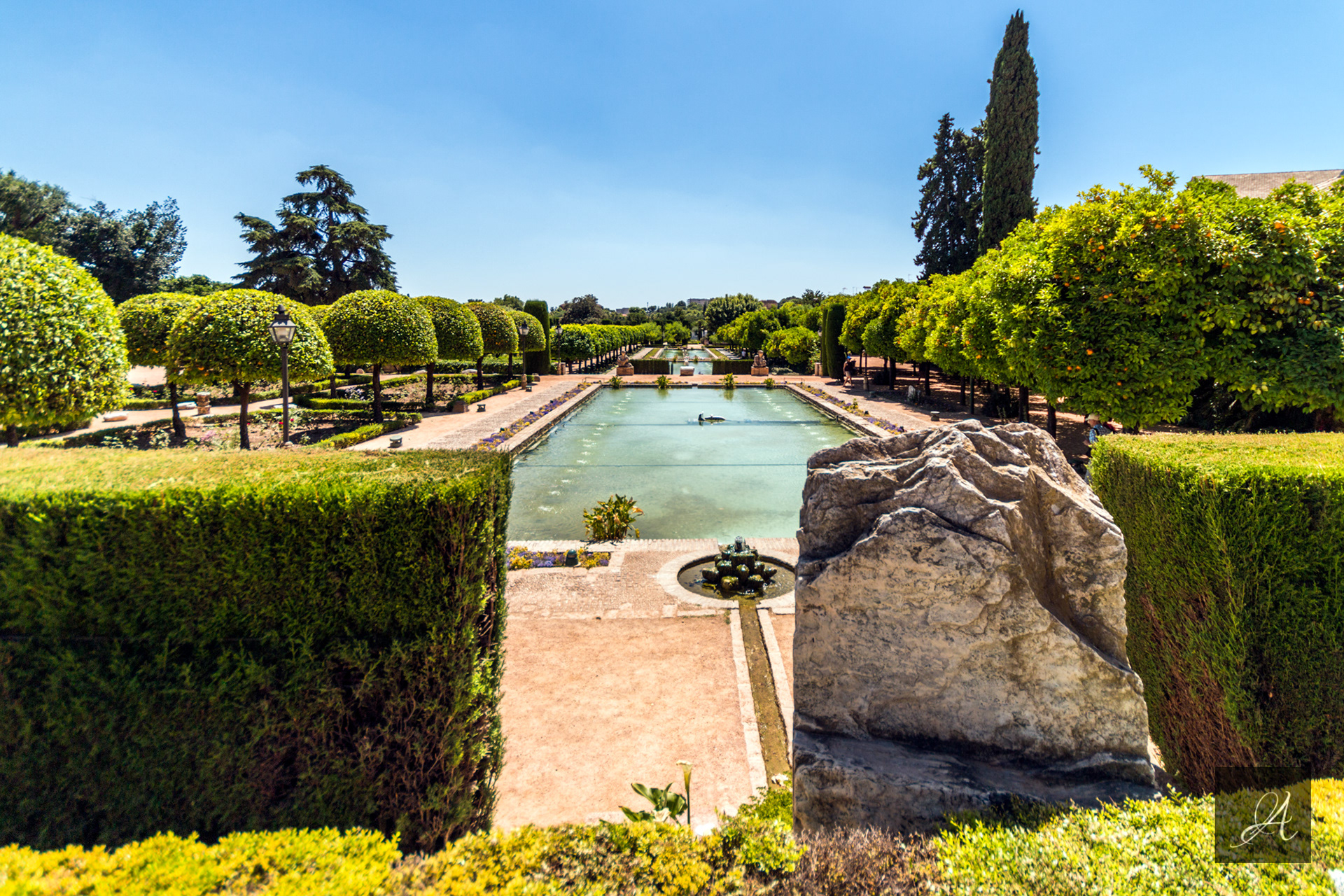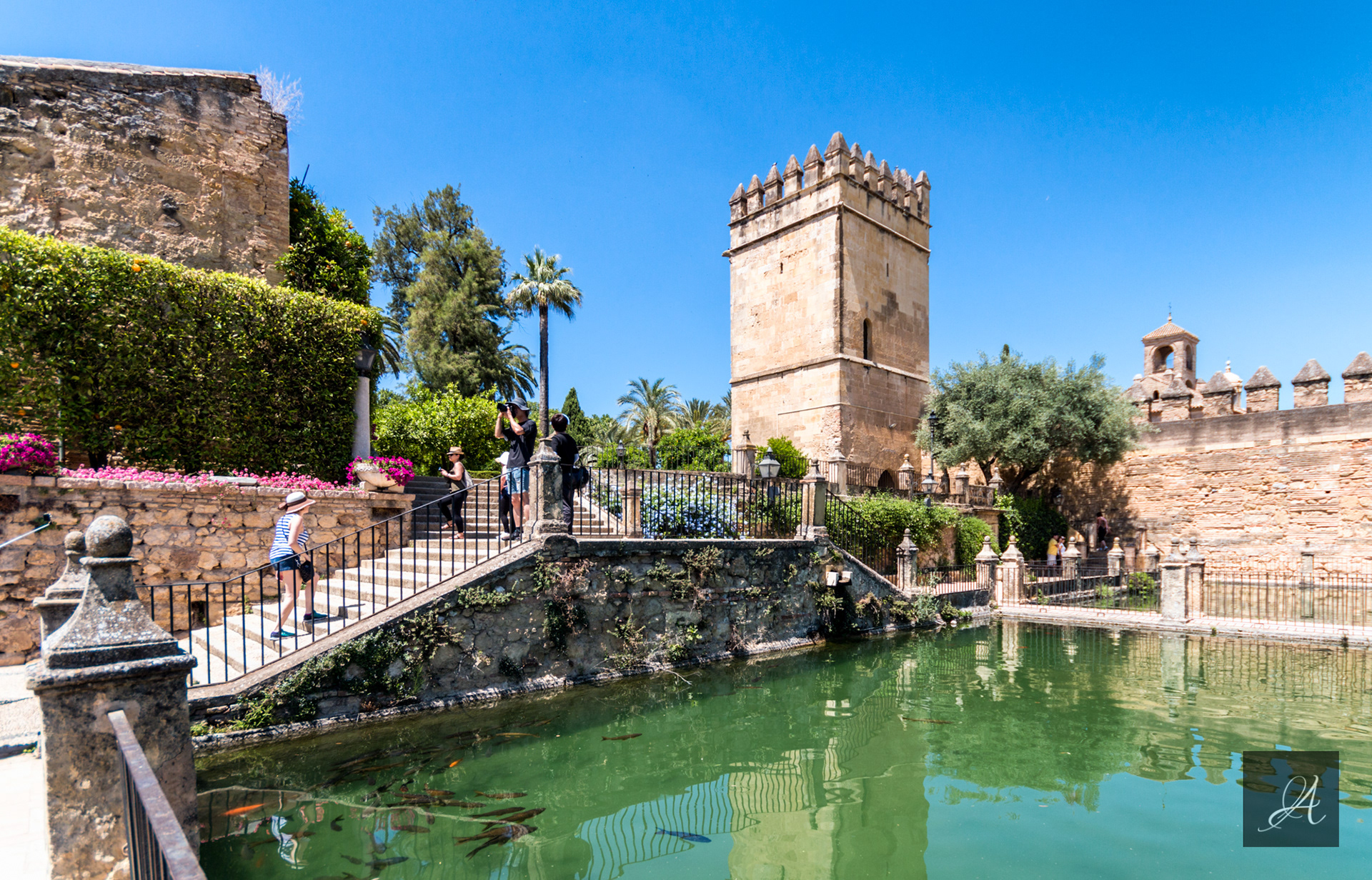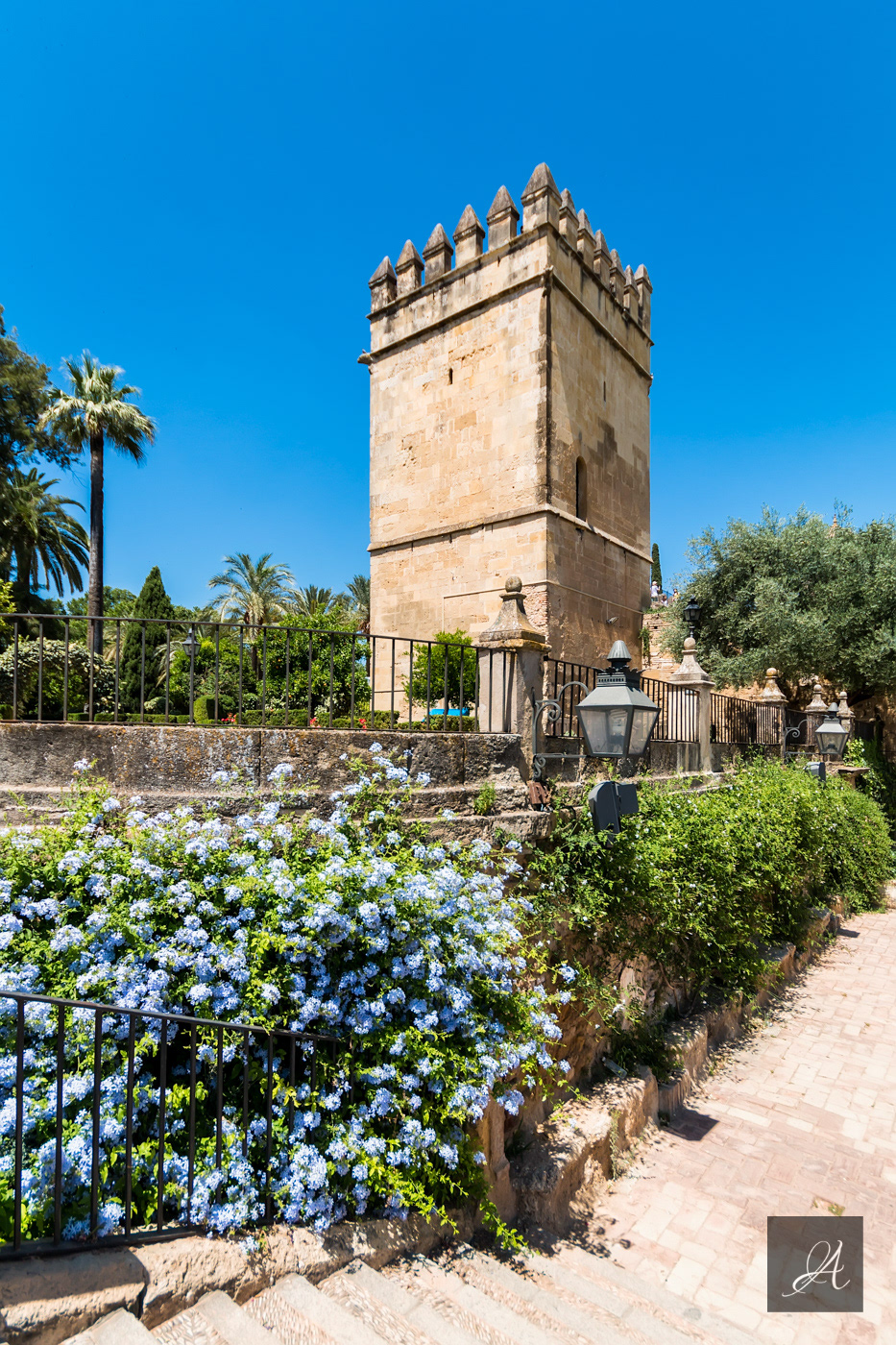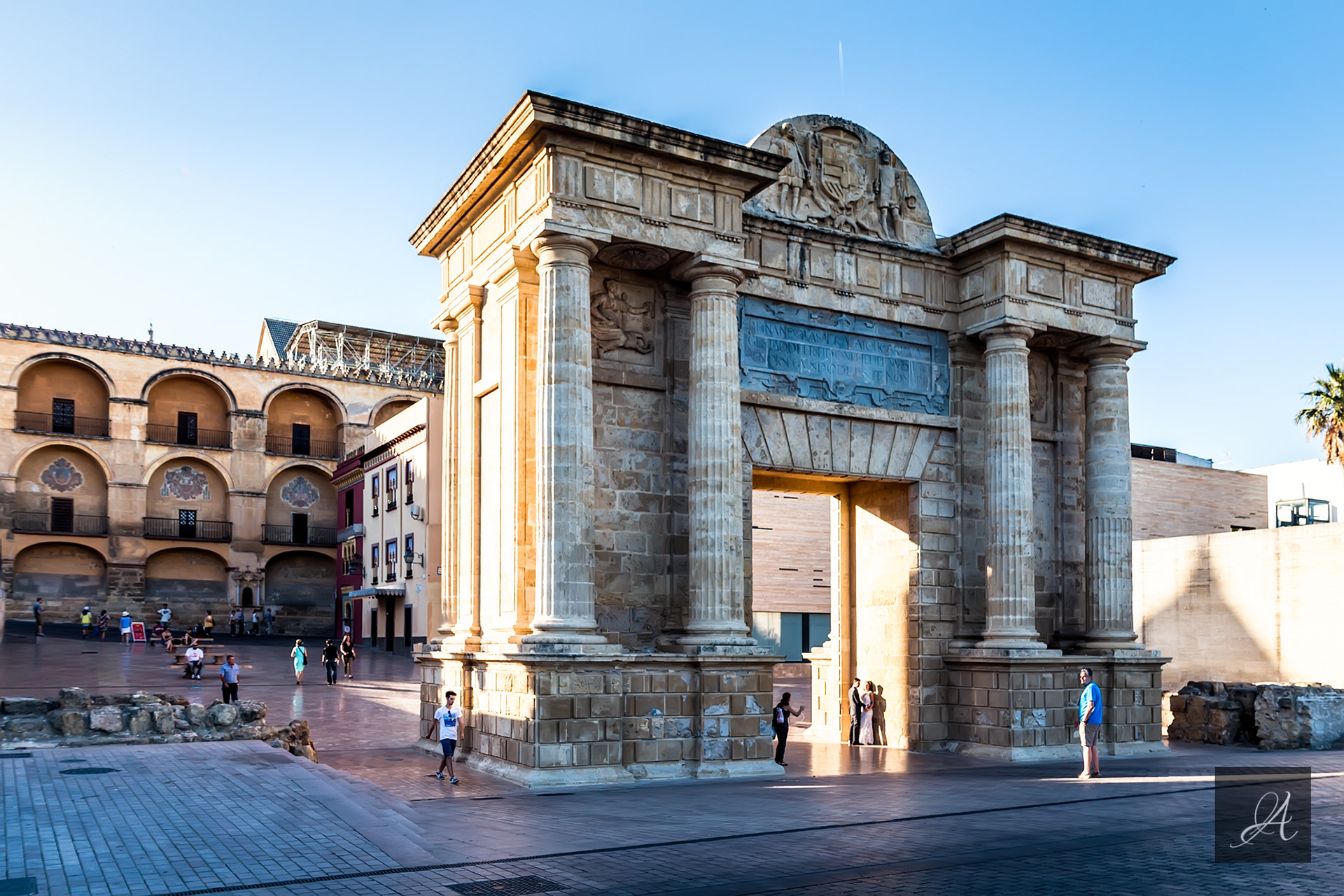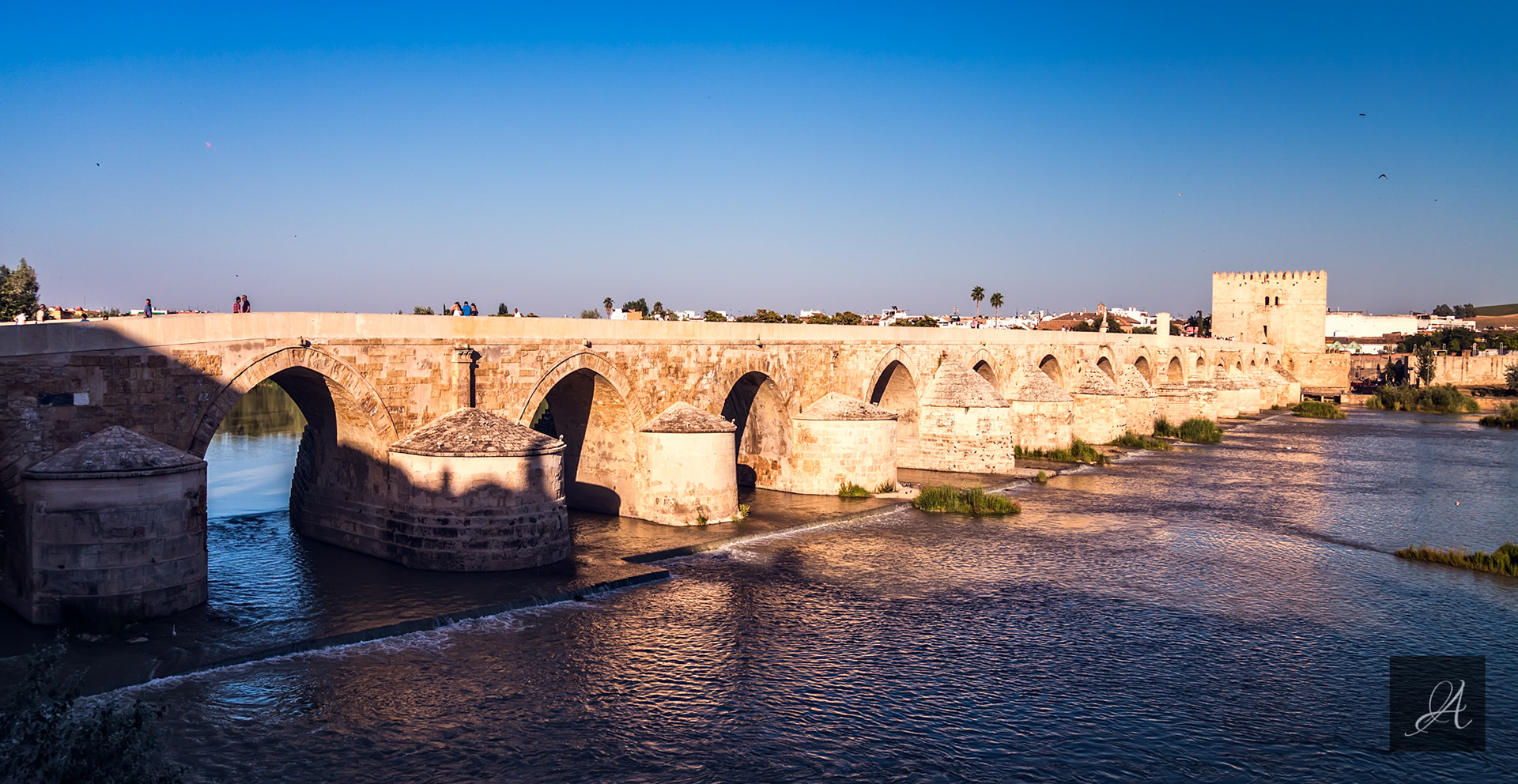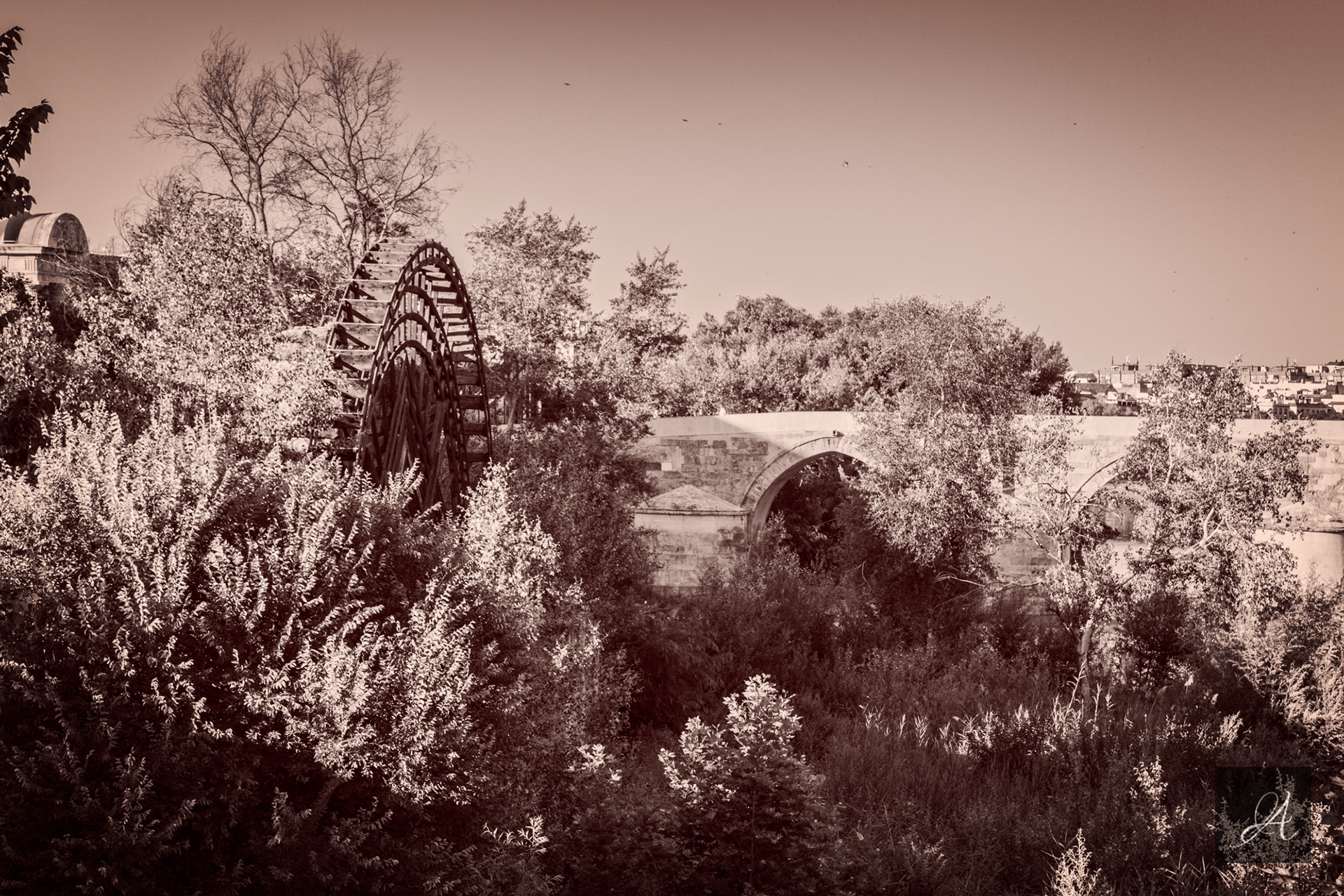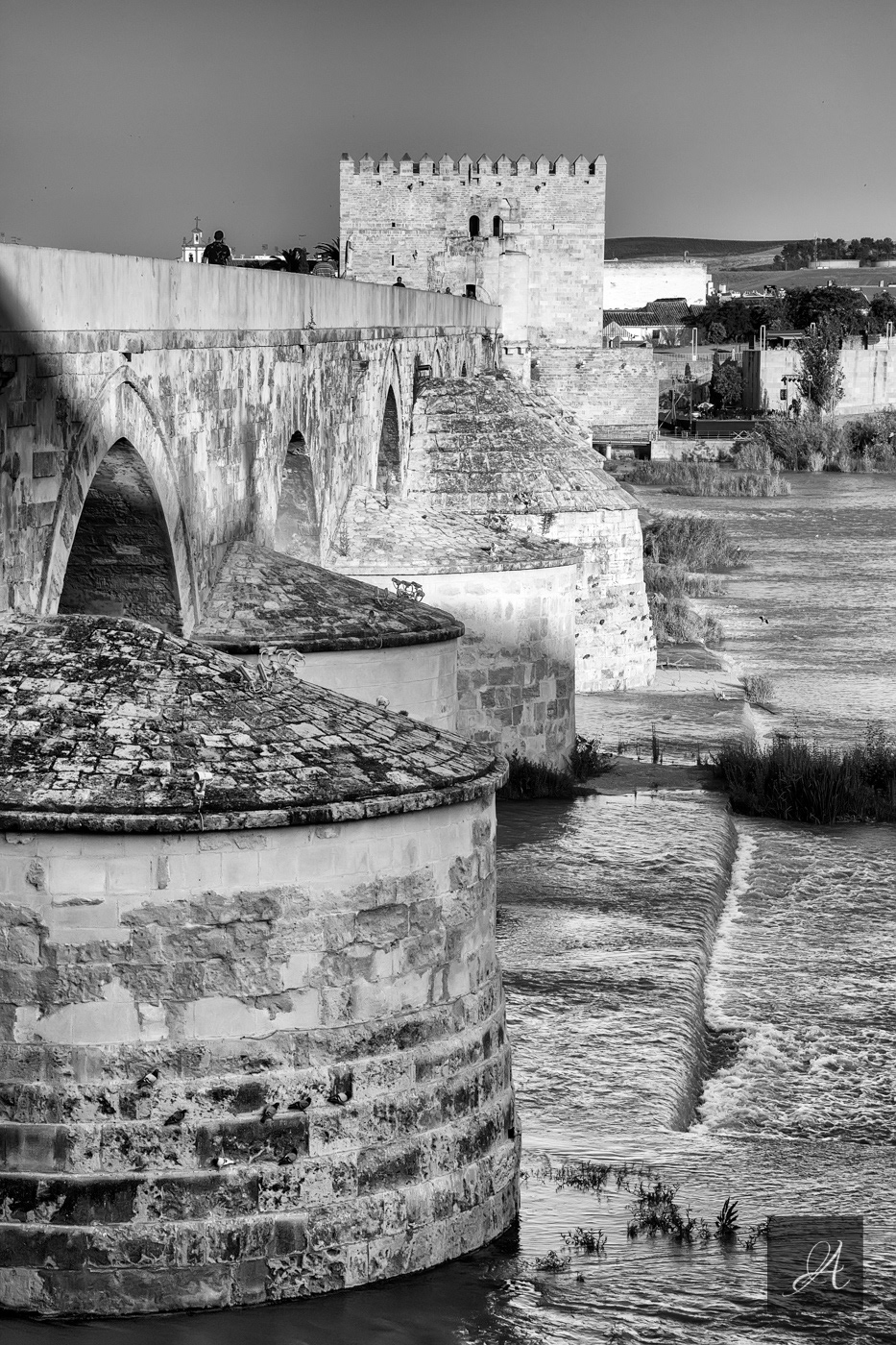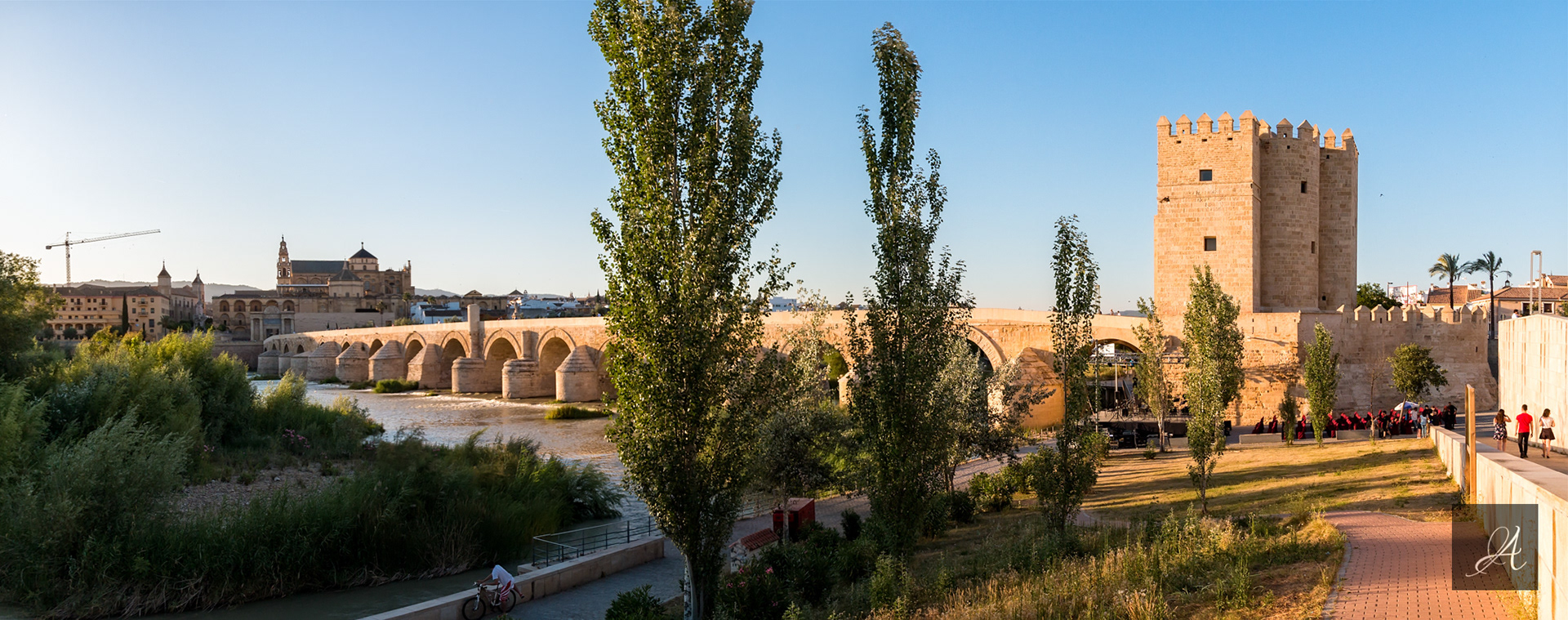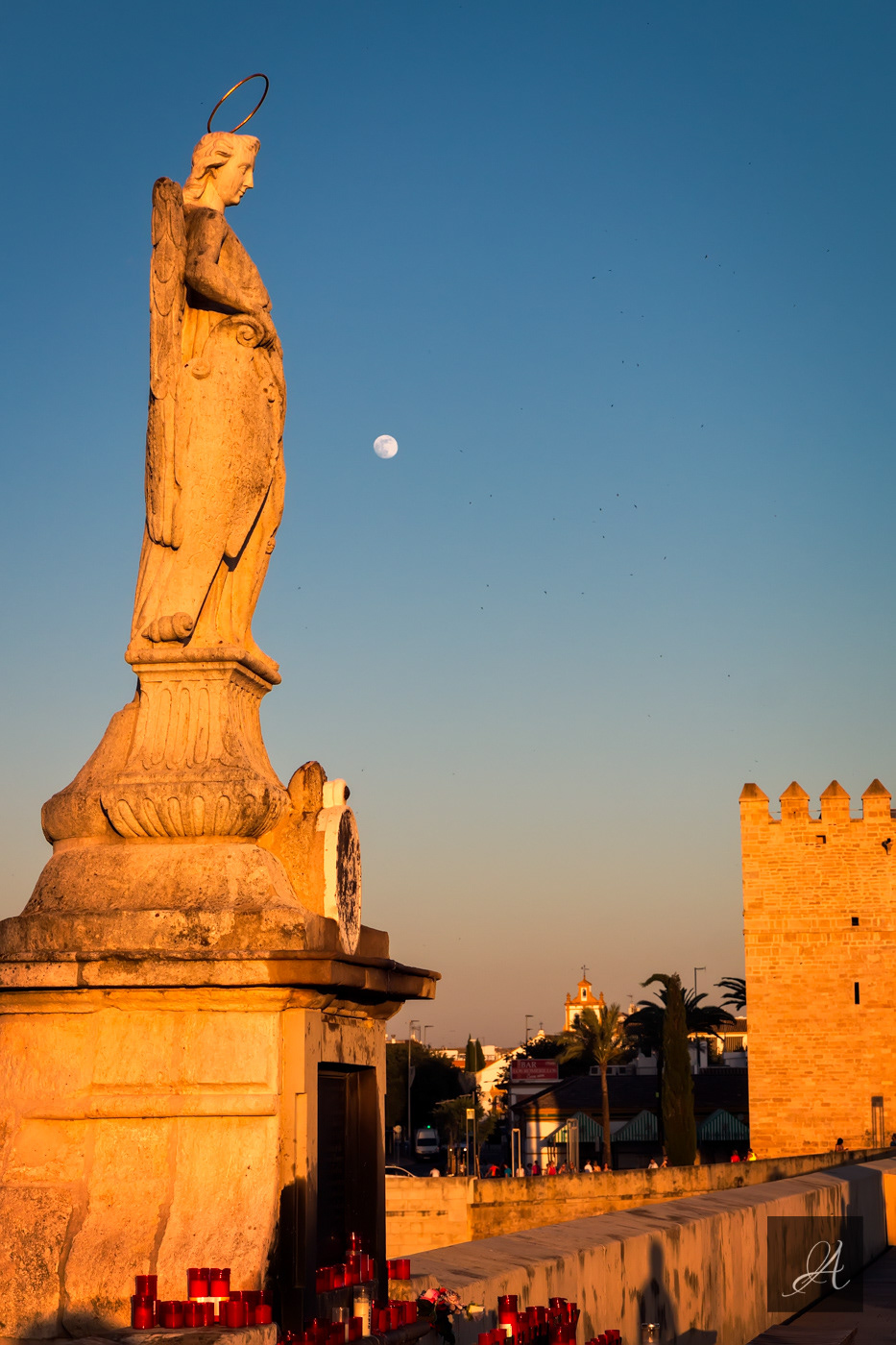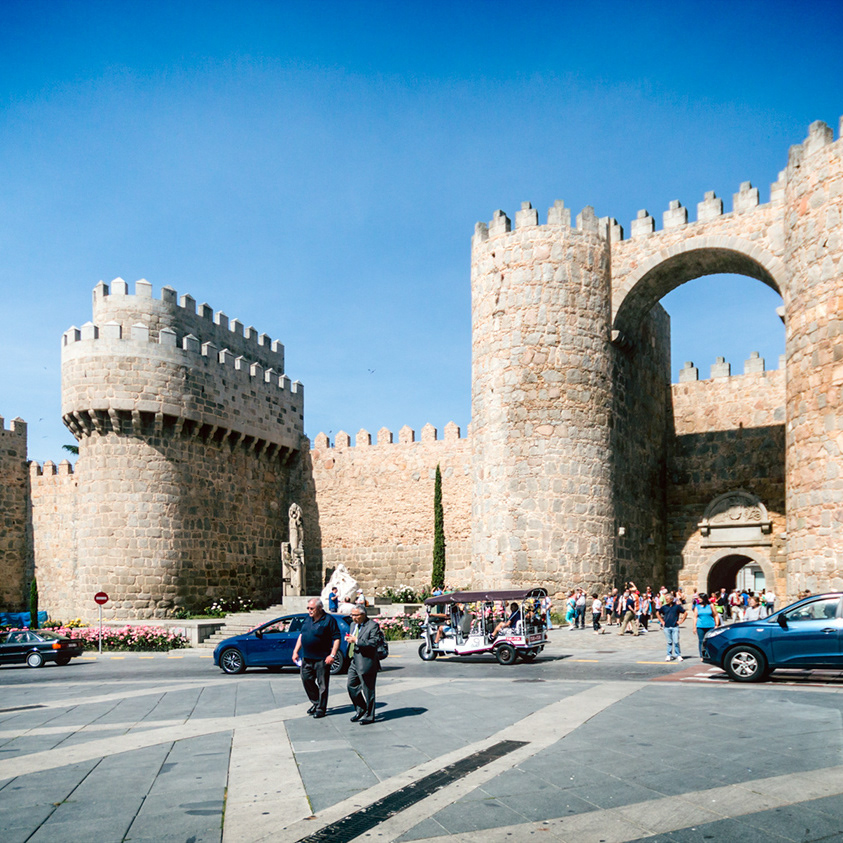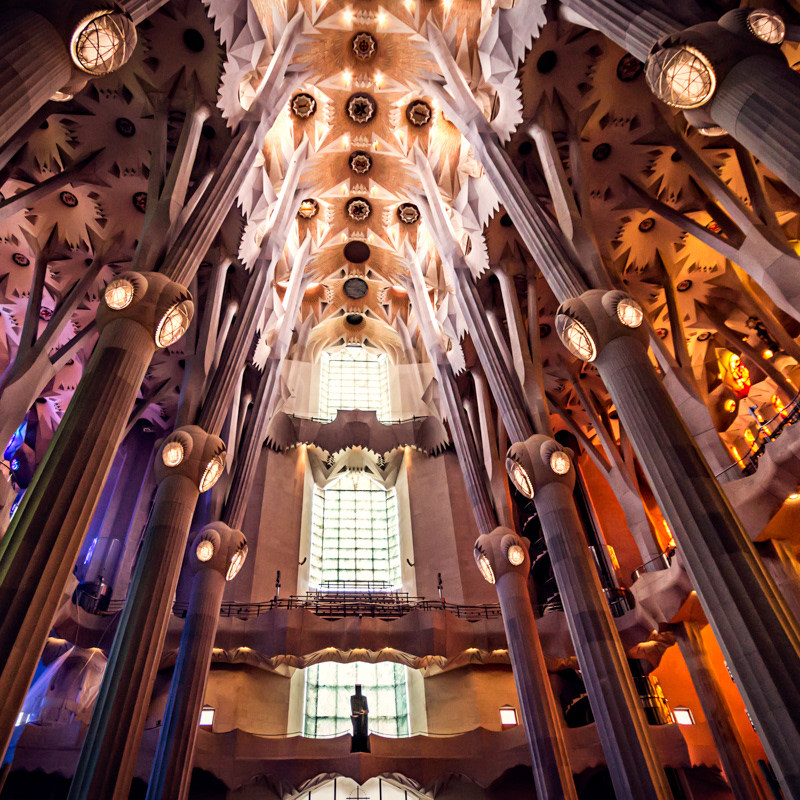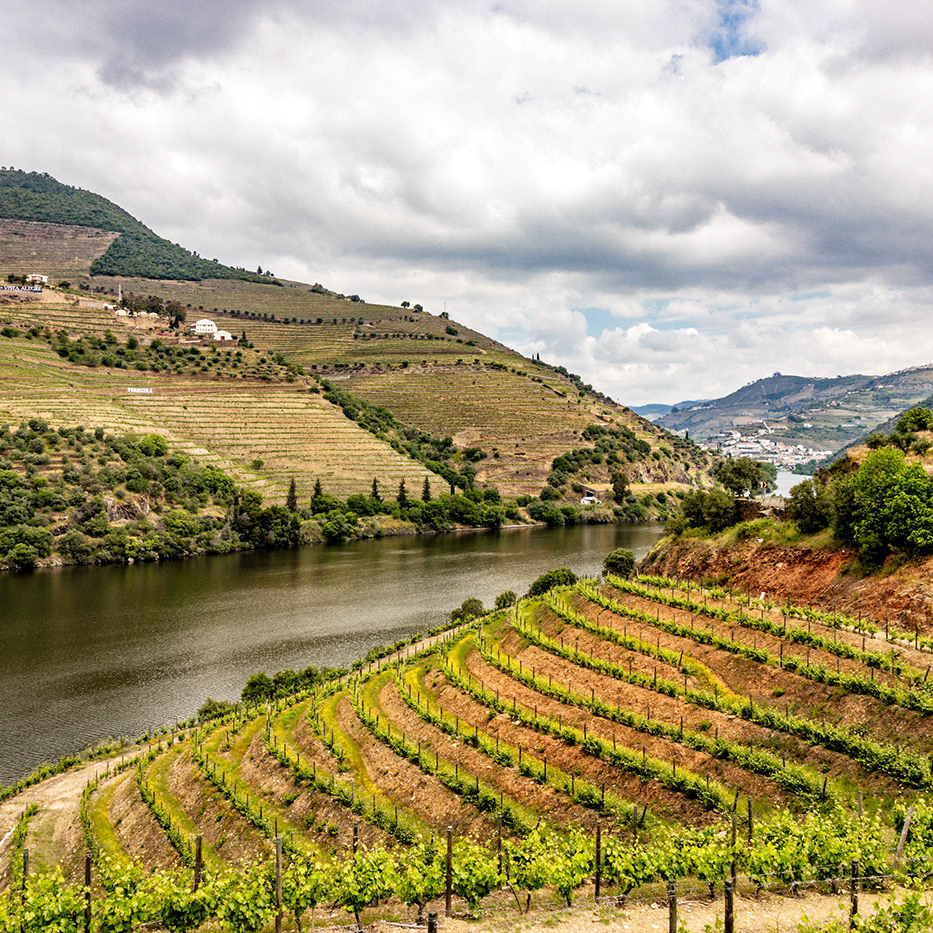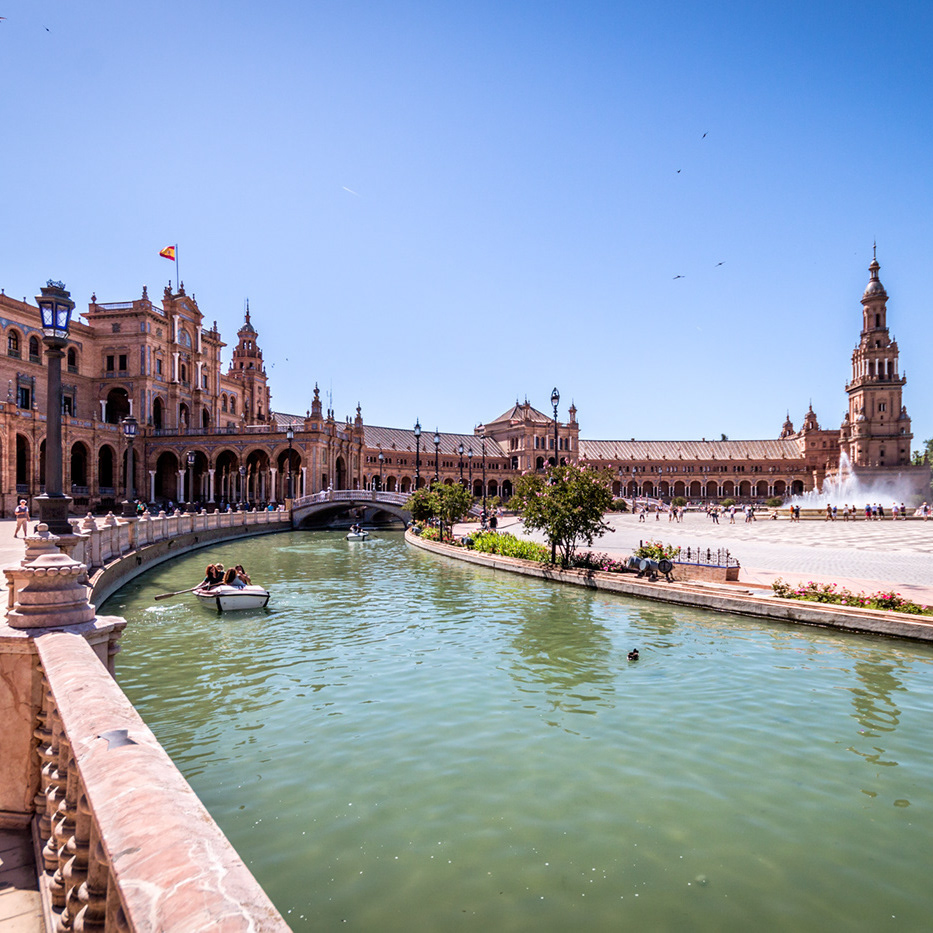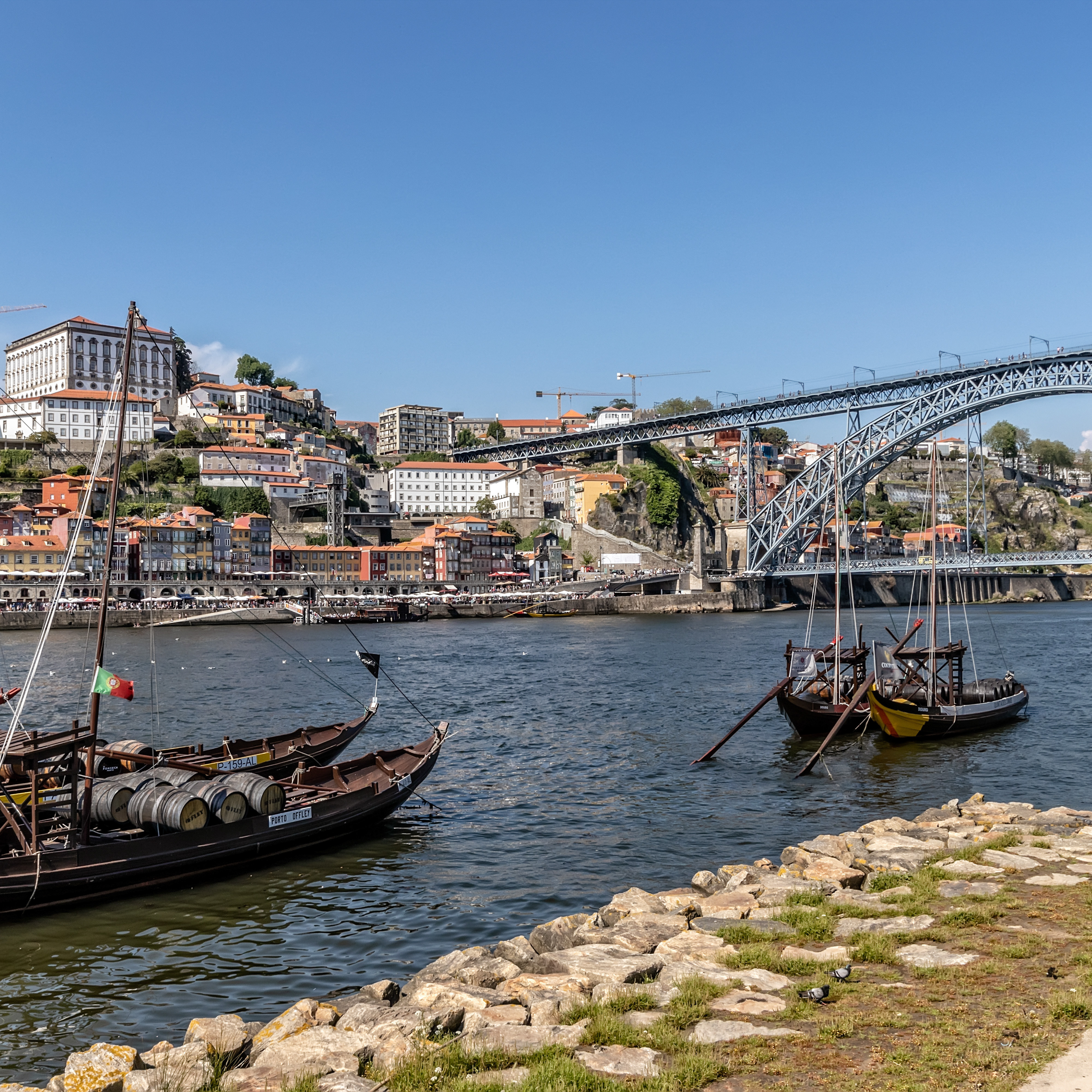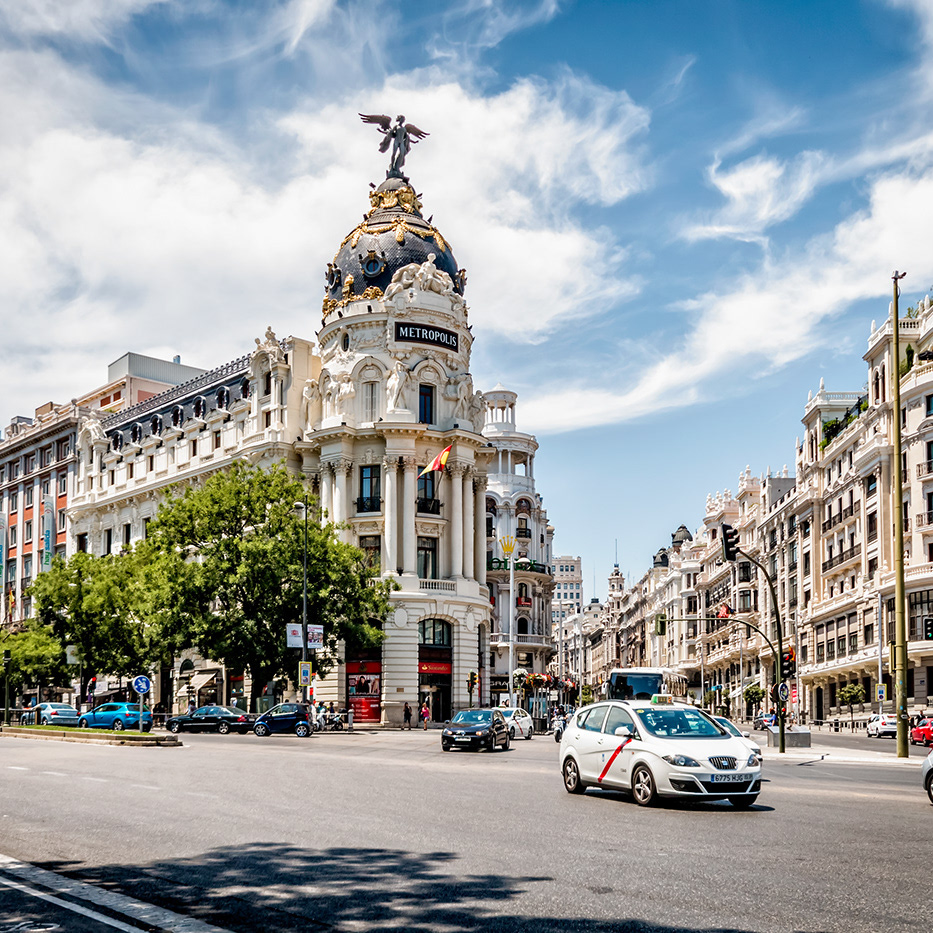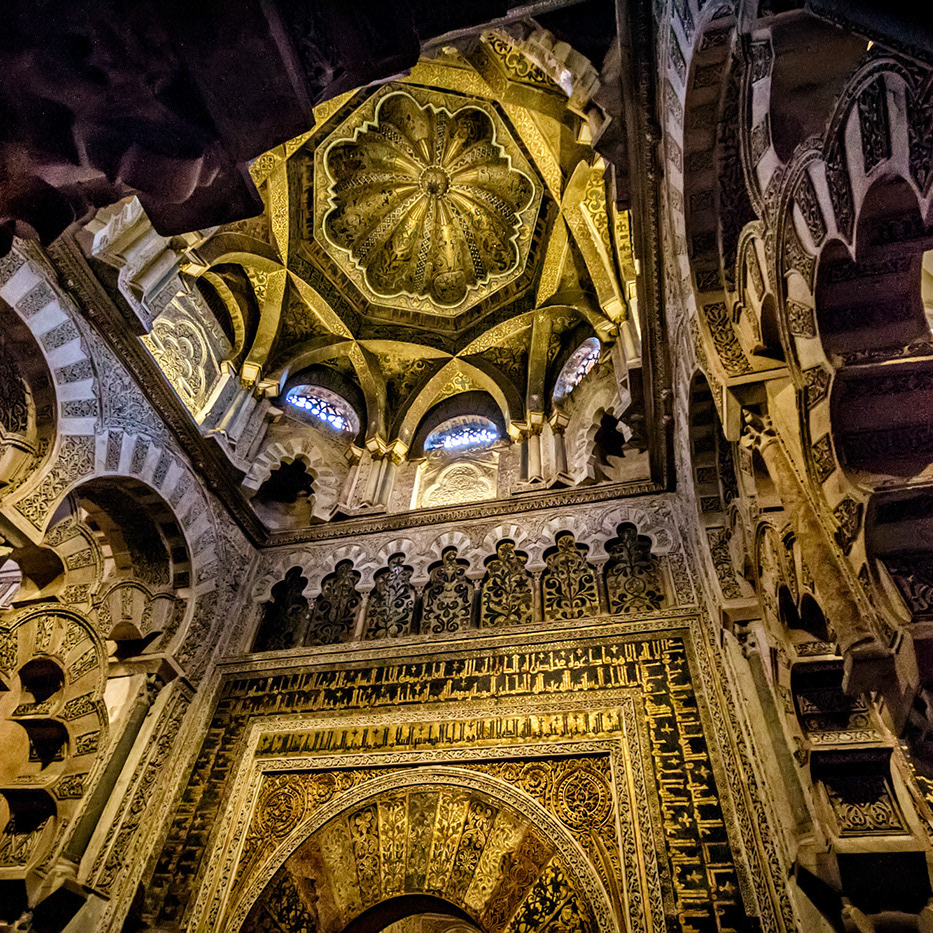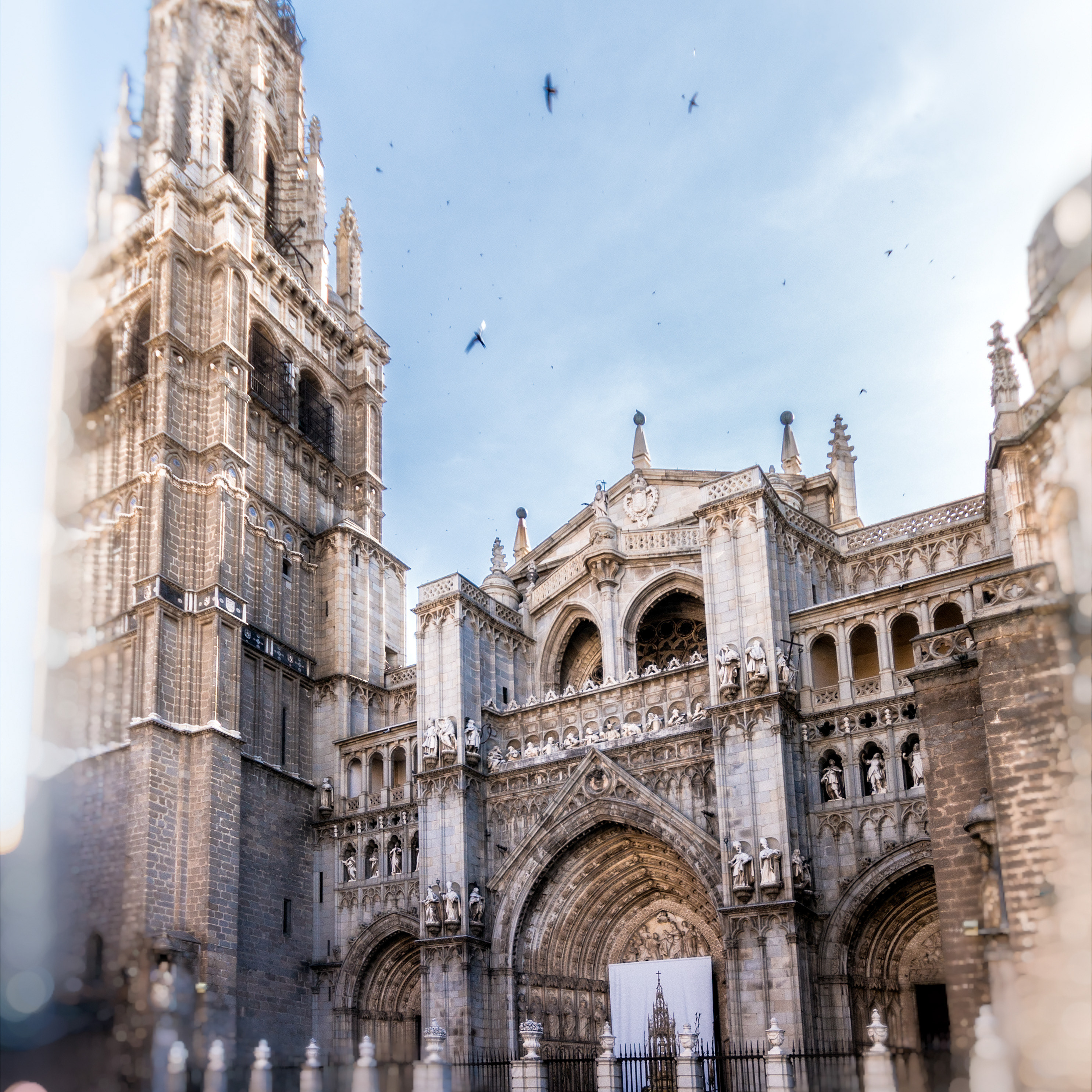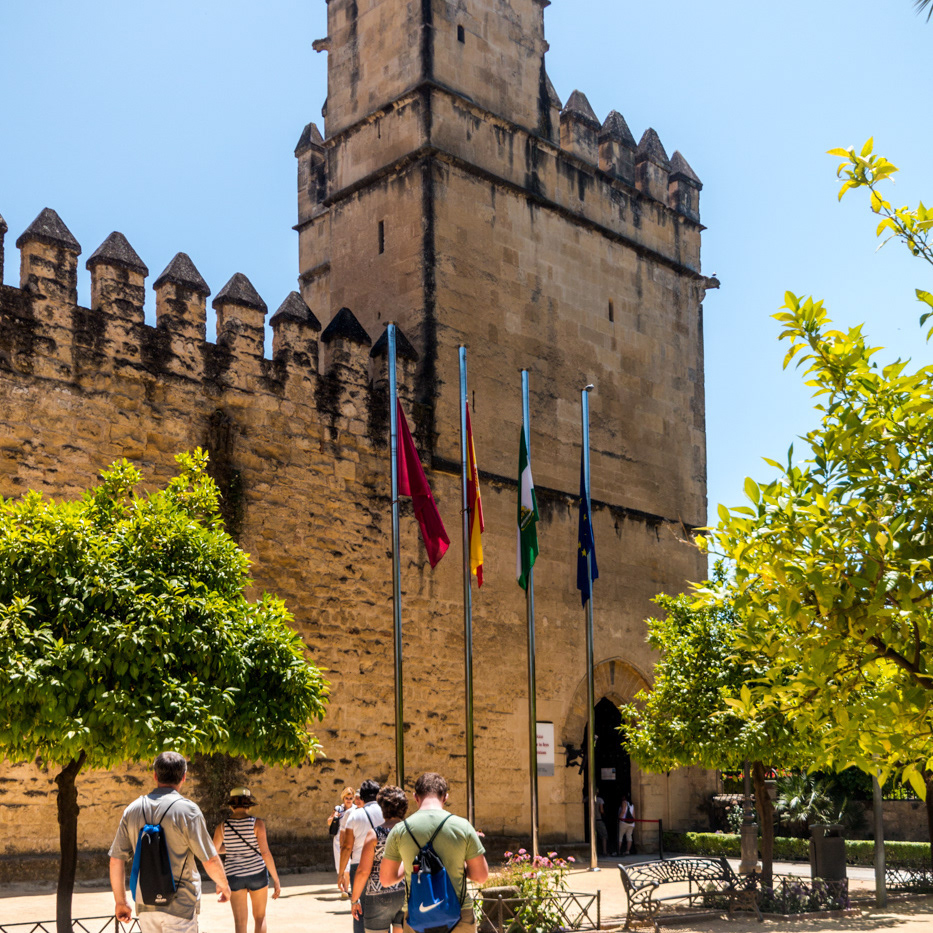Cordoba
has the second largest Old town in Europe, the largest urban area in the world declared World Heritage by UNESCO. The most important building and symbol of the city, the Great Mosque of Córdoba and current cathedral, alongside the Roman bridge, are the best known facet of the city. Other Roman remains include the Roman Temple, the Theatre, Mausoleum, the Colonial Forum, the Forum Adiectum, an amphitheater and the remains of the Palace of the Emperor Maximian in the Archaeological site of Cercadilla, among others.
Near the cathedral is the old Jewish quarter, which consists of many irregular streets, such as Calleja de las Flores and Calleja del Pañuelo, and which is home to the Synagogue and the Sephardic House. In the extreme southwest of the Old Town is the Alcázar de los Reyes Cristianos, a former royal property and the seat of the Inquisition; adjacent to it are the Royal Stables, a breeding place of the Andalusian horse. Near the stables are located, along the walls, the medieval Baths of the Caliphate. In the south of the Old town and east of the great cathedral, in the Plaza del Potro, is the Posada del Potro, a row of inns mentioned in literary works such as Don Quixote and La Feria de los Discretos and which remained active until 1972. Both the plaza and the inn get their name from the fountain in the centre of the plaza, which represents a foal. Not far from this plaza is the Arco del Portillo (a 14th-century arch).
Along the banks of the Guadalquivir are the Mills of the Guadalquivir, moorish era buildings that took advantage of the water force to grind flour. They include the Albolafia, Alegría, Carbonell, Casillas, Enmedio, Lope García, Martos, Pápalo, San Antonio, San Lorenzo and San Rafael mills.
Surrounding the large Old town are the Roman walls: gates include the Puerta de Almodóvar, the Puerta de Sevilla and Puerta del Puente, which are the only three gates remaining from the original thirteen. Towers and fortresses include the Malmuerta Tower, the Belén Tower and the Puerta del Rincón's Tower, and the fortress of the Calahorra Tower and of the Donceles Tower.
Palace buildings in the Old Town include the Palacio de Viana (14th century) and the Palacio de la Merced among others. On the outskirts of the city lies the Archaeological site of the city of Medina Azahara, which, together with the Alhambra in Granada, is one of the main Spanish-Muslim architectures in Spain.
Other sights are the Cuesta del Bailío (a staircase connecting the upper and lower part of the city) and the Minaret of San Juan, once part of a mosque.
